An In-Depth Study On Messianic ProphecySample
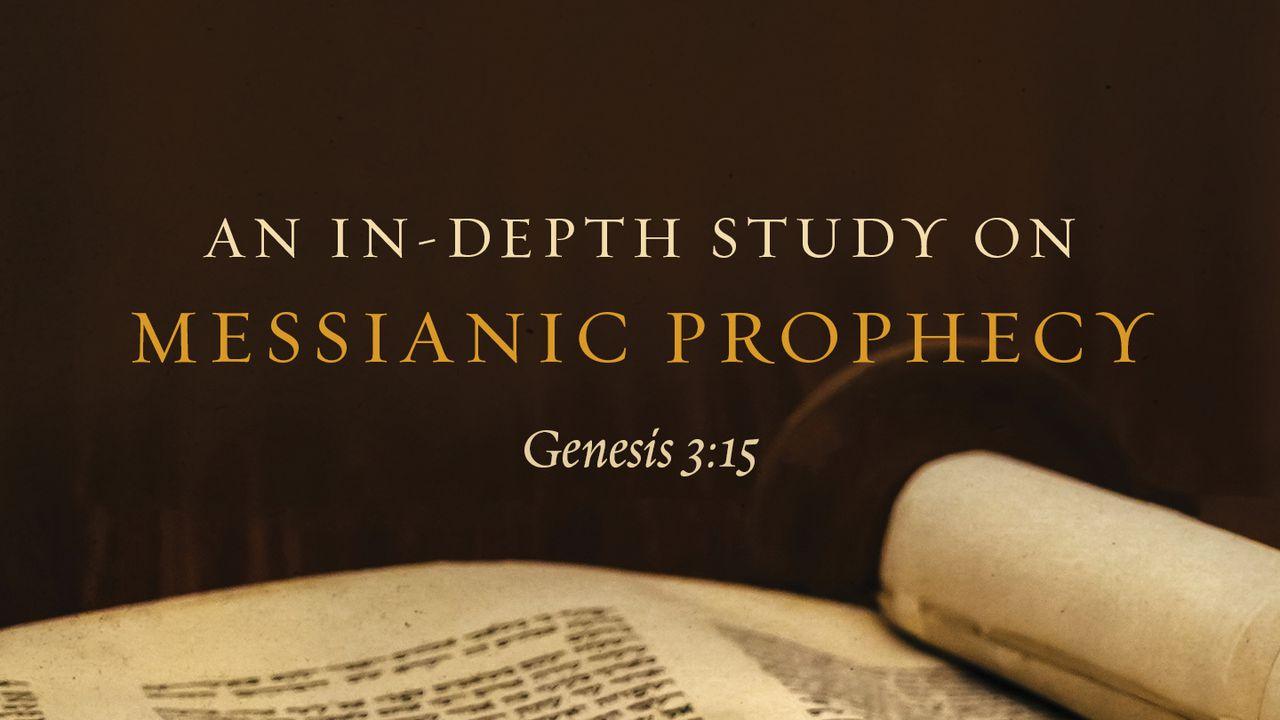
COMPARING THE FALL NARRATIVE WITH THE STORY OF NOAH
Seth’s line leads us to Noah (Gn 5:1), and Noah’s election once again points us back to the fall in Gn 3 and God’s remedial plan. “And he named him Noah, saying, ‘This one will bring us relief from the agonizing labor of our hands, caused by the ground the Lord has cursed’” (Gn 5:29). Not only is the allusion to Gn 3:17-19 transparent, 14 God’s purposes for the “seed of the woman” are made explicit by means of this allusion. The “seed of the woman” will bring relief from the curse, presumably by triumphing over the serpent and its “children.”
It comes as no surprise that parallels between Noah’s moral failure and Adam’s sin provide more insights into the grammatical-historical meaning of Gn 3:15. Noah was clearly chosen to “fulfill” God’s mandate to Adam. God’s blessing on Noah, command to be fruitful and multiply and to fill the earth point to Noah’s role as another “Adam,” a “seed of the woman” through whom God will restore creation (compare Gn 1:28-31; 9:1-9). Noah, however, like Adam before him, slips into a moral failure that intentionally mirrors Adam’s fall. More important, Noah’s failure and the cursing and blessing of his progeny continues to fill in important blanks on the meaning of Gn 3:15. Let us look at the parallels and then make some observations.
Both fall narratives are introduced by the planting of a garden/vineyard:
“The Lord God planted a garden in Eden, in the east, and there He placed the man He had formed. The Lord God caused to grow out of the ground every tree pleasing in appearance and good for food, including the tree of life in the middle of the garden, as well as the tree of the knowledge of good and evil.” (Gn 2:8-9)
///
“Noah, a man of the soil, was the first to plant a vineyard.” (Gn 9:20)
Both fall narratives include an inappropriate use of its produce by the main characters:
“Then the woman saw that the tree was good for food and delightful to look at, and that it was desirable for obtaining wisdom. So she took some of its fruit and ate it; she also gave some to her husband, who was with her, and he ate it.” (Gn 3:6)
///
“He drank some of the wine, became drunk . . .” (Gn 9:21a)
Both fall narratives refer to the,nakedness of the,main characters:
“Then the eyes of both of them were opened, and they knew they were naked . . .” (Gn 3:7a)
///
“and uncovered himself inside his tent. Ham, the father of Canaan, saw his father naked and told his two brothers outside.” (Gn 9:21b-22)
Both fall narratives necessitate the covering of nakedness:
“so they sewed fig leaves together and made loincloths for themselves.” (Gn 3:7b)
///
“Then Shem and Japheth took a cloak and placed it over both their shoulders, and walking backward, they covered their father’s nakedness. Their faces were turned away, and they did not see their father naked.” (Gn 9:23)
Both fall narratives conclude with a focus on two different “seeds,” one seed is cursed to subjugation and the other given promises to triumph:
“I will put hostility between you and the woman, and between your seed and her seed. He will strike your head, and you will strike his heel.” (Gn 3:15)
///
“he said: ‘Canaan will be cursed. He will be the lowest of slaves to his brothers. He also said: Praise the Lord, the God of Shem; Canaan will be his slave. God will extend Japheth; he will dwell in the tents of Shem; Canaan will be his slave.’” (Gn 9:25-27)
The parallels between the two fall narratives are obvious, the import of which cannot be overemphasized. First, it is quite clear that Canaan, like Cain before him, inherits the curse of the serpent. By highlighting the curse of Canaan and his line, the author identifies Canaan, like Cain, as the hostile seed of the serpent in Gn 3:15. Canaan’s subjugation as a slave clearly parallels the serpent’s humiliation, i.e., to “eat dust all the days of [his] life” (Gn 3:14). Here we also see a clear link between the serpent, whose temptation led to Adam’s exile from the garden, and the Canaanites, who likewise will be a stumbling block to the people of Israel in the promised land. Second, the parallels between Shem with the seed of the woman are also unmistakable. Shem is blessed, and receives a promise that he will one day triumph over the Canaanites, i.e., the seed of the serpent. Here we see an inner-biblical interpretation of Gn 3:15 that completely undermines not only the etiological interpretation, but also shows that the author does not regard the “striking of the heel” and the “striking of the head” as mutually self-defeating. The blessing of Shem and the curse on Canaan in Gn 9:26-27 makes it clear that the “seed of the woman” will ultimately triumph over the forces of evil in the redemptive plan of God.
Scripture
About this Plan

Does Jesus exist only in the New Testament? Can we confidently say Jesus was the messiah spoken of in the Old Testament? This 5 day, in depth study will plunge into Messianic Prophecy in the Old Testament with Gen. 3:15. Learn how to find Jesus in the Old Testament!
More
Related plans
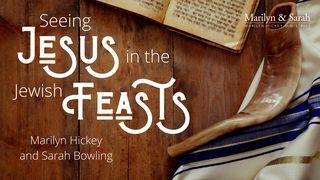
Seeing Jesus In The Jewish Feasts
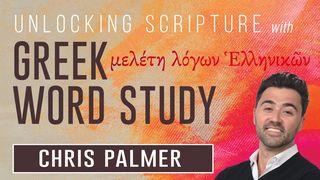
Unlocking Scripture With Greek Word Study
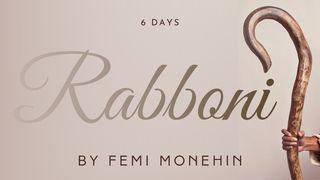
Rabboni
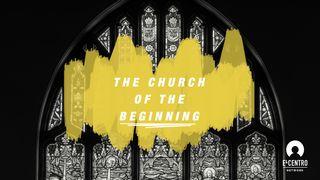
The Church Of The Beginning
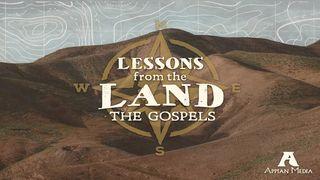
Lessons From the Land: The Gospels
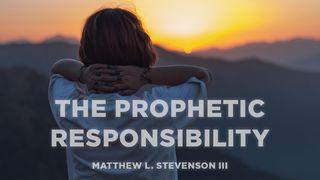
The Prophetic Responsibility

From Passover to Pentecost

Rivers Of Revelation
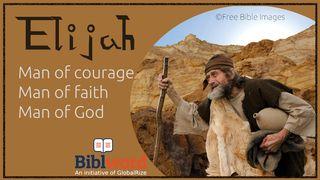
Elijah. Man of Courage, Man of Faith, Man of God.
